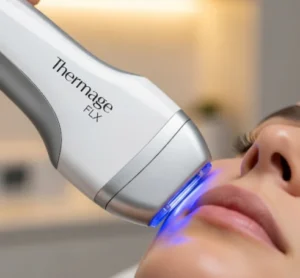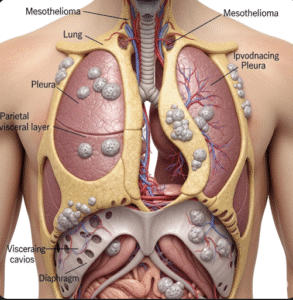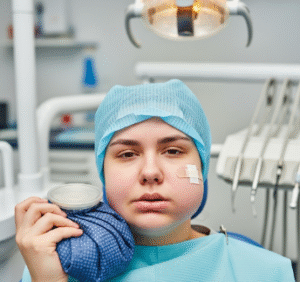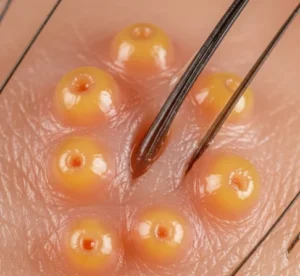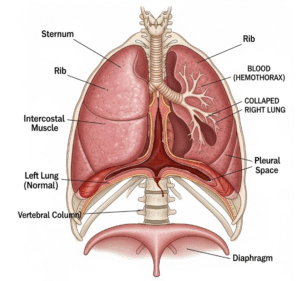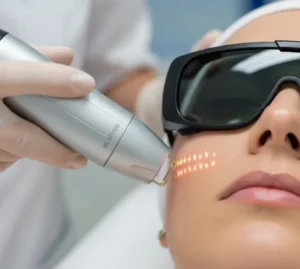Overview
A toenail infection, medically known as onychomycosis, is a fungal infection that affects the toenails, leading to discoloration, thickening, and crumbling of the nails. It is one of the most common nail disorders worldwide and can cause discomfort, pain, and cosmetic concerns. In South Korea, toenail infections are frequently diagnosed in both urban and rural populations, with dermatologists offering advanced diagnostic tools, effective topical and systemic treatments, and preventive guidance. Korean healthcare emphasizes early detection, comprehensive treatment, and patient education to reduce recurrence and maintain foot health.
What is a Toenail Infection?
Toenail infections are primarily caused by dermatophyte fungi, though yeasts and molds can also be responsible. The infection begins under the nail, often at the tip or sides, and gradually spreads deeper into the nail bed. The nail may become brittle, thickened, discolored (yellow, brown, or white), and sometimes emit a foul odor. Onychomycosis is more common in toenails than fingernails due to the warm, moist environment created by shoes, which promotes fungal growth. In Korea, dermatologists emphasize proper diagnosis using microscopy, culture tests, and sometimes PCR testing to ensure accurate identification of the causative fungus.
Symptoms
Symptoms of toenail infections vary in severity and progression, but common signs include:
- Thickened or distorted toenails
- Discoloration, including white, yellow, or brown nails
- Brittle, crumbly, or ragged edges of the nail
- Separation of the nail from the nail bed (onycholysis)
- Pain or discomfort while walking or wearing shoes
- Foul odor from the infected nail
- Slow nail growth or permanent nail deformity in chronic cases
Early recognition of symptoms allows timely treatment and reduces the risk of spreading the infection to other nails or people.
Causes
Toenail infections are caused by various fungi that thrive in warm, moist environments. Common causes include:
- Dermatophytes: The most common cause, affecting keratin-rich tissues
- Yeasts: Such as Candida species, especially in immunocompromised individuals
- Non-dermatophyte molds: Less common but capable of causing chronic infections
- Injury or trauma to the nail: Providing an entry point for fungal pathogens
- Poor hygiene or prolonged moisture exposure: Wearing sweaty socks or wet shoes for extended periods
- Underlying health conditions: Diabetes, immune deficiencies, or peripheral vascular disease increase susceptibility
Korean dermatologists carefully evaluate these factors to determine individualized treatment strategies.
Risk Factors
Several factors increase the risk of developing toenail infections:
- Age, as older adults have slower nail growth and reduced immunity
- Wearing tight, non-breathable shoes that trap moisture
- Frequent use of public pools, showers, or gyms without proper foot protection
- Diabetes or circulatory problems that reduce nail bed health
- History of previous fungal infections
- Immunosuppressive therapy or chronic illnesses
- Minor injuries to the toenail or surrounding skin
In South Korea, preventive programs target high-risk populations, including the elderly, athletes, and individuals with chronic diseases.
Complications
If untreated, toenail infections can lead to several complications:
- Spread of infection to other nails or surrounding skin (tinea pedis)
- Permanent nail deformity or discoloration
- Pain, difficulty walking, or wearing shoes
- Secondary bacterial infections, particularly in diabetic patients
- Psychological or social impact due to cosmetic appearance
- Rare systemic infection in severely immunocompromised individuals
Korean clinics emphasize early intervention to prevent complications and maintain foot functionality.
Prevention
Preventive strategies for toenail infections focus on hygiene, environmental control, and nail care:
- Maintain clean and dry feet: Wash daily and thoroughly dry between toes
- Wear breathable footwear: Avoid shoes that trap moisture
- Use antifungal powders or sprays: Especially if prone to sweating
- Avoid walking barefoot in communal areas: Such as gyms, pools, and showers
- Trim nails properly: Keeping nails short and straight
- Disinfect nail tools: Avoid sharing clippers or files
- Manage underlying health conditions: Diabetes and circulatory issues require careful monitoring
Public awareness campaigns in South Korea emphasize hygiene and early treatment to reduce infection rates and prevent transmission.
Treatment Options in Korea
Treatment of toenail infections in South Korea is tailored according to the severity, type of fungus, and patient needs:
Diagnosis:
- Clinical examination of the nail
- Microscopic examination or culture of nail clippings
- PCR or other molecular tests for accurate pathogen identification
Medical Treatments:
- Topical antifungal therapy: Creams, lacquers, or solutions containing terbinafine, ciclopirox, or amorolfine
- Oral antifungal therapy: Terbinafine, itraconazole, or fluconazole for severe or resistant cases
- Combination therapy: Using topical and oral treatments simultaneously in chronic infections
- Debridement: Trimming or removal of thickened nail tissue to enhance treatment efficacy
Supportive Care:
- Patient education on foot hygiene and nail care
- Regular follow-up to monitor treatment response and prevent recurrence
- Use of protective footwear and antifungal powders during treatment
- Lifestyle guidance, including managing moisture and avoiding nail trauma
Korean dermatologists combine accurate diagnosis, targeted antifungal therapy, and preventive education to ensure effective recovery, minimize recurrence, and maintain nail and foot health.


